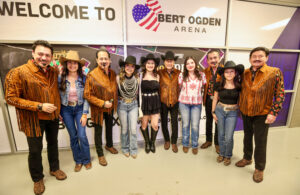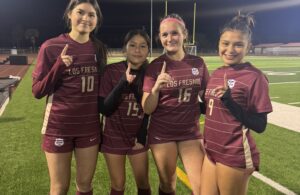- South Texas Students Meet Accordion Music Icons Los Tigres Del Norte In Edinburg Thanks To Khs America/Hohner Alianza Académica Initiative
- Fragile Planet Offers a Nighttime Wildlife Experience
- Falcons Soccer Off & Running
- Cameron County Receives Funds to Improve Two Parks
- Falcons Complete First Half of 32-6A
- School District to Help out Victims of California Wildfires
- Sand Castle Days Continued Despite Unexpected Weather
- Ready for District
- Discussion of Garbage Dumpster Rates, Agreements Between State & City on Highway Regulations, and More
- 31st Annual Shrimp Cook-Off is Right Around the Corner
Several hummingbird varieties emerge as the Rio Grande Valley enters autumn
- Updated: October 1, 2020

By TONY VINDELL
LFN
Charms of hummingbirds seen zooming around the area have arrived during their annual fall migration to Mexico and Central America.
They usually leave their spring and summer grounds from as far as Canada and the Midwest and Southeast regions of the United States in search of warmer weather just as some people like to get away from the winter months.
But to make the long journey, which can take up to 2,000 miles, these birds need to pack up food as they fly south.
That is why it’s important to have flowering plants that attract them and backyard feeders filled with either store-bought or homemade nectar.
It’s recommended to boil four cups of water and one cup of sugar to make nectar.
Although some people like to add a couple of drops of red food colorant to the mixture, that is not necessary.

The first hummingbirds to arrive here are the ruby-throated.
These flying acrobats are in a feeding frenzy right now and can be seen protecting a feeder from other hungry birds.
A male ruby-throated is more colorful, having shades of green, white and black color and the distinctively bright ruby-colored throat, whereas a female has white, black, green and an opaque ruby-colored throat.
Hummingbirds are among the smallest birds.
According to bird experts, there are more than 300 species of hummingbirds.
Here in the Rio Grande Valley, the buff-bellied is the most commonly seen hummingbird – a bird species that is found along the gulf coast from Louisiana to Texas.
The buff-bellied and the ruby-throated are now engaged in a sort of dog fight for nectar.



